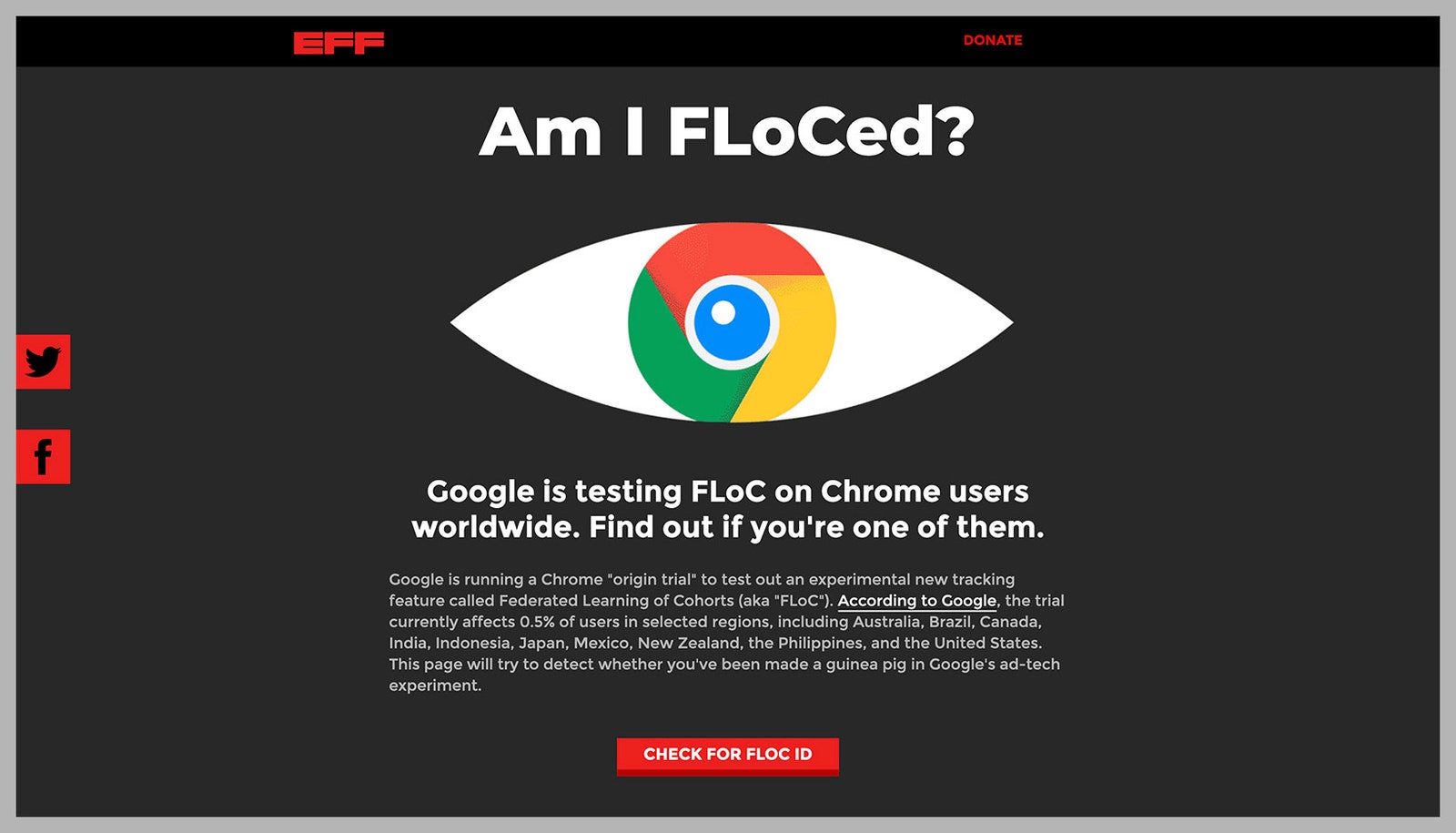
Google wants FLoC to replace the traditional way of tracking people on the internet: Cookies. These little bits of text and code are stored on your computer or phone by your browser, and help websites figure out if you’ve visited before, what your site preferences are, where in the world you’re based, and more. They can be helpful for both websites and their visitors, but they’re also heavily used by advertisers and data brokers to build up patterns of our browsing history.
As Google points out, cookie tracking has become more and more invasive. Embedded, far-reaching trackers known as third-party cookies keep tabs on users as they move across multiple websites, while advertisers also use an invasive technique called fingerprinting to know who you are even with anti-tracking measures turned on (through your use of fonts, or your computer’s ID, your connected Bluetooth devices or other means).
Companies including Apple are already fighting back against this kind of tracking, primarily by simply blocking it altogether without the express permission of users (Apple is taking a similar approach with apps). Google would prefer to continue to allow targeted advertising while keeping users anonymous, and wants to replace cookies with FLoC by 2022—but the idea has been met with a wave of opposition from other parties.
Bennett Cyphers of the Electronic Frontier Foundation admits the need to do away with cookies, but calls FLoC a “terrible idea” that’s just as bad. “The technology will avoid the privacy risks of third-party cookies, but it will create new ones in the process,” writes Cyphers. “It may also exacerbate many of the worst non-privacy problems with behavioral ads, including discrimination and predatory targeting.”
The EFF—and many others—would rather do away with targeted advertising altogether. In other words, online advertisers don’t know anything about your preferences or habits, and everybody sees the same ads as they browse around the internet. Fundamentally, the argument goes, any kind of targeting is both invasive and discriminatory.
Lire l’article complet sur : www.wired.com







Leave A Comment